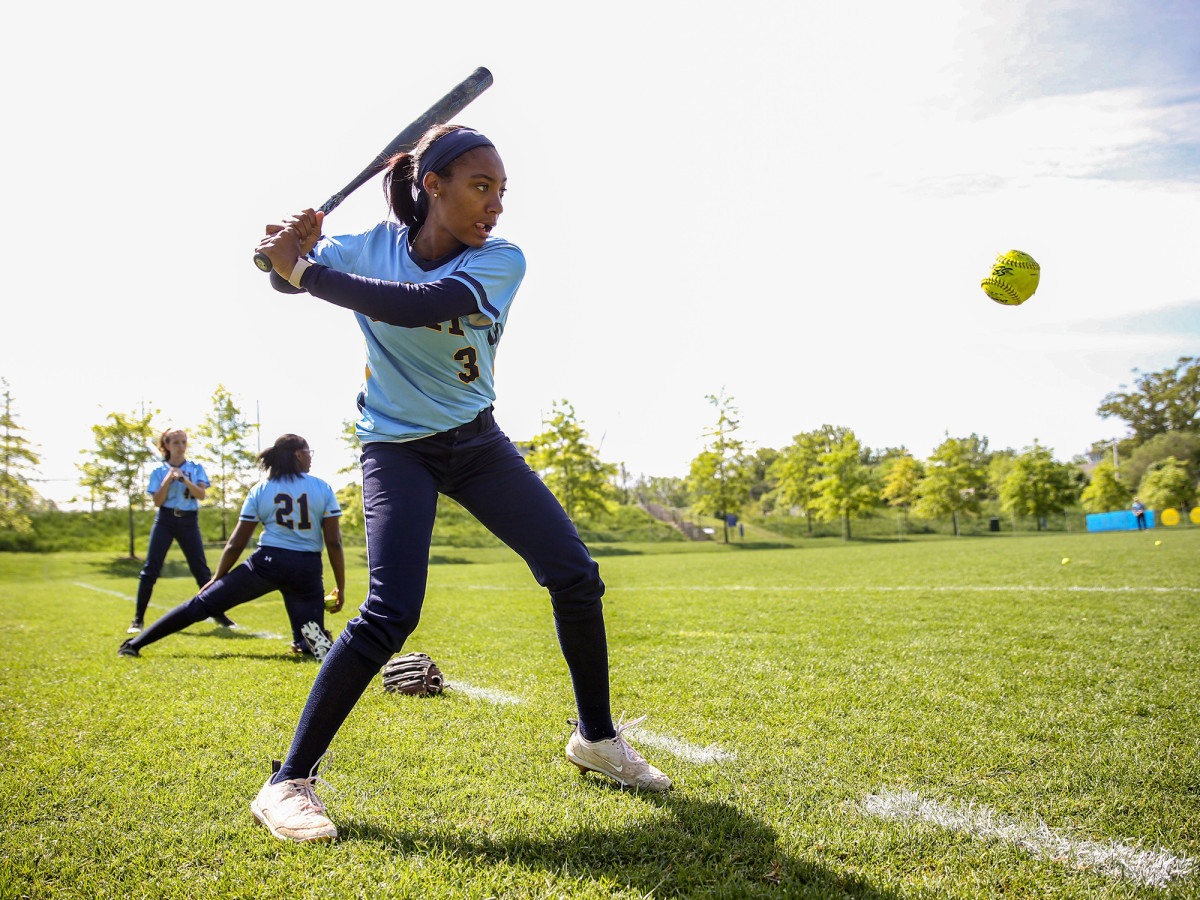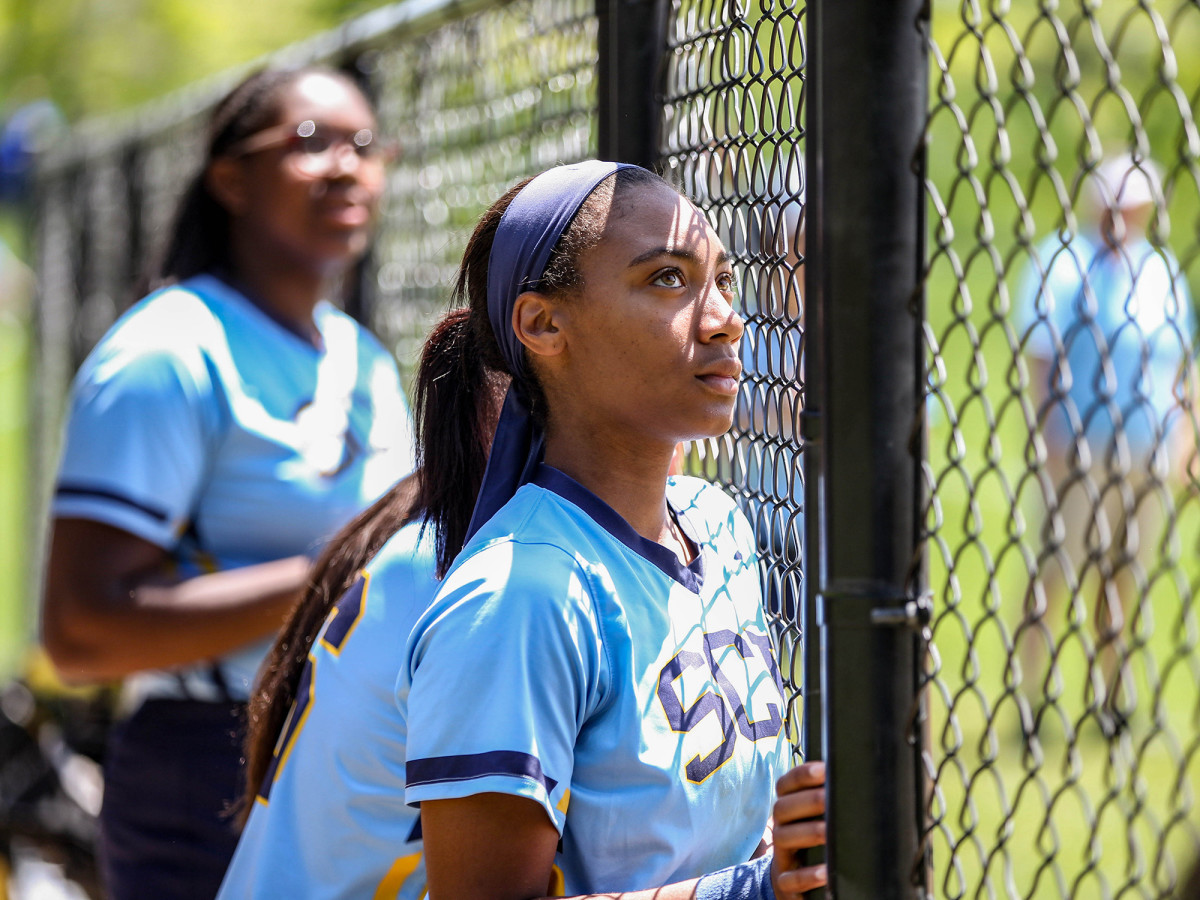Mo'ne Davis Is Ready for Her Next Journey

Sports Illustrated’s annual “Where Are They Now?” issue catches up with the stars and prominent figures from yesteryear—past features have included Sammy Sosa, Brett Favre, Dennis Rodman, Tony Hawk and Don King. The 2019 issue features an inside look into the new life of Alex Rodriguez, Yao Ming’s mission for Chinese basketball and more.
For more great storytelling and in-depth analysis, subscribe to the magazine—and get up to 94% off the cover price. Click here for more. To watch the full Mo'ne Davis feature above, sign up for a free seven-day trial of SI TV today.

On an unseasonably cool afternoon in mid-June, Mo'ne Davis strode into the student center on the harborside campus of Hampton University in south-east Virginia, nearly 300 miles from her home in Philadelphia. It had been a little less than five years since those weeks in August 2014 when Davis's well-developed right arm grabbed the sporting world's attention.
Pitching for the Taney Dragons in the Little League World Series, 13-year-old Mo'ne, only the fourth American girl to ever play in the tournament, threw two shutouts, paving the Dragons' way to the semifinals. Her precocious, composed demeanor and dazzling performance landed her on the cover of SPORTS ILLUSTRATED, on Jimmy Fallon's couch, onstage at the ESPY Awards—all before she had started ninth grade.
Now, with all of high school complete and her first day of college less than three months away, she headed for the second floor of the student center, where a coach and two future teammates awaited to present the new spikes and uniforms Davis will be wearing for the next four years, at her new home, playing her new sport: softball.
The road that brought Davis to the Pirates' incoming class was a winding one. Back in 2014 she said basketball was her best sport, and she wanted to play at UConn. But a junior-year ankle injury had back-burnered that plan. She played varsity baseball as a freshman at Springside Chestnut Hill Academy, the private school she attended in Philly, but then gave it up for softball because she "was just wasting [her] time on the bench not doing anything."

As for college, she simply thought softball would be more fun. "I wanted to do something for the next four years ... to have fun, and softball was it," Davis says. "Nowadays sports are a little too serious.... I just try to have as much fun as possible."
As for what brought her to Hampton, a historically black university, Davis wanted to attend a school where she was in the majority, not the minority, after attending a largely white school since the second grade. Though she is in some ways like any teenager—she stays up all night and can sleep all day on the family couch (her bed is covered in laundry); she just got her driver's license; she snacks questionably (Doritos dipped in cream cheese is a favorite)—she has been a role model long enough to understand that her choices carry weight. "I think more people are going to start coming to HBCUs," she says.
Davis visited Hampton's campus over homecoming weekend last October. She met with softball coach Angela Nicholson and journalism school dean B. DàVida Plummer—Davis's postcollege dream is to host her own show, interviewing athletes around the world—and just after she left campus she told her Snapchat followers that she would be attending the school the following fall. (She hadn't yet told her mom.)

Now, with college nearly upon her, Davis roamed the campus grounds, from the softball stadium to the famous Emancipation Oak, a 70-foot-tall tree that doubled as the site of the first Southern reading of President Abraham Lincoln's Emancipation Proclamation and the first classroom for newly freed men and women in 1863.
"I just wanted," she says, "a place that felt like home."
